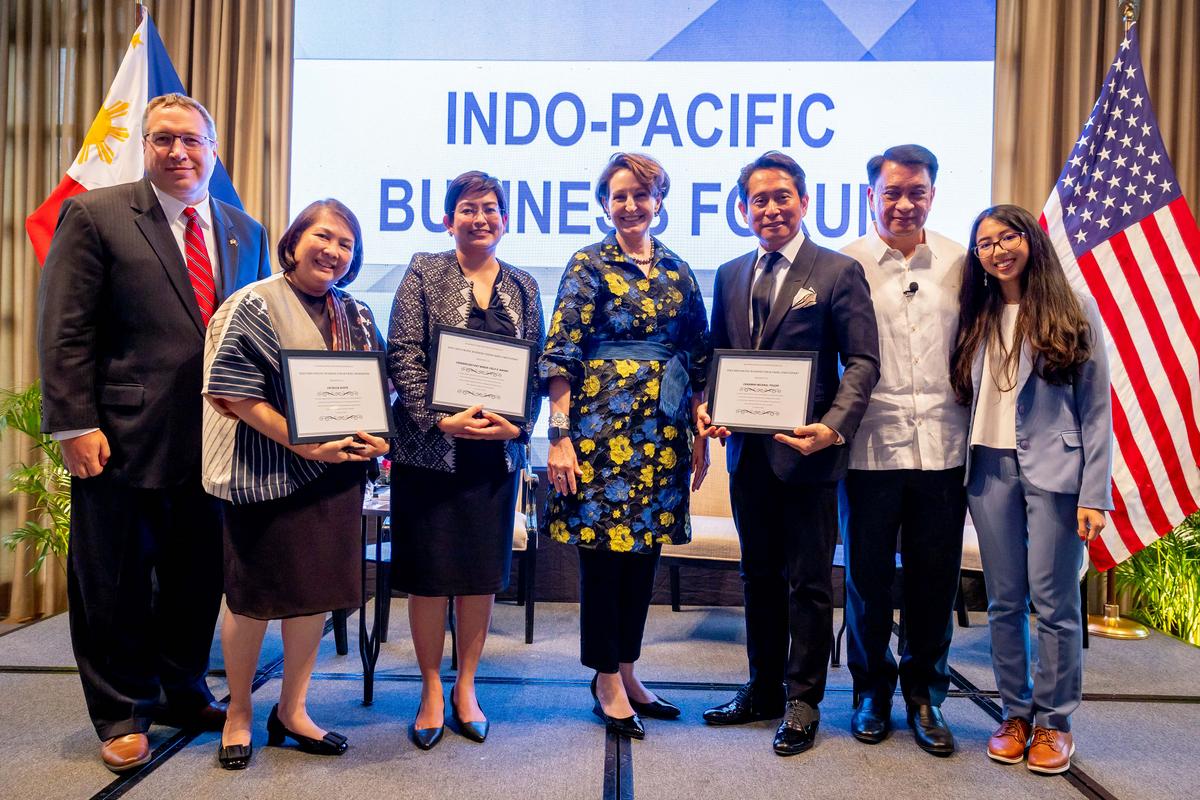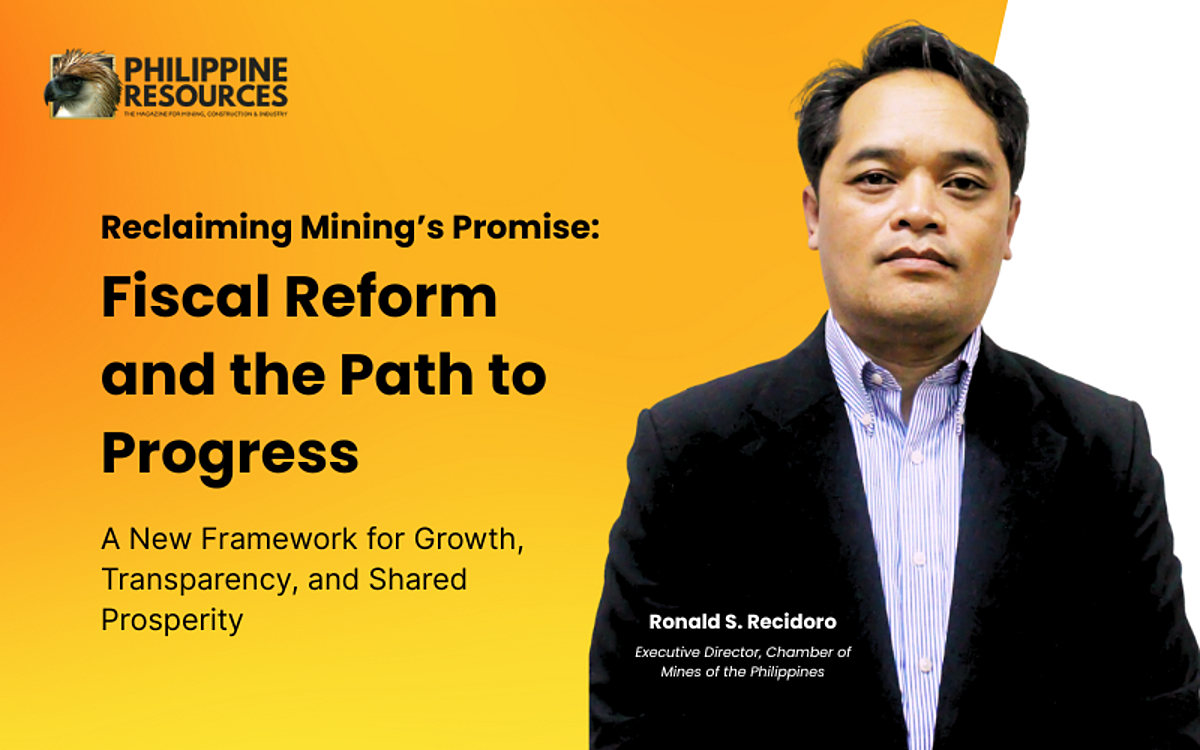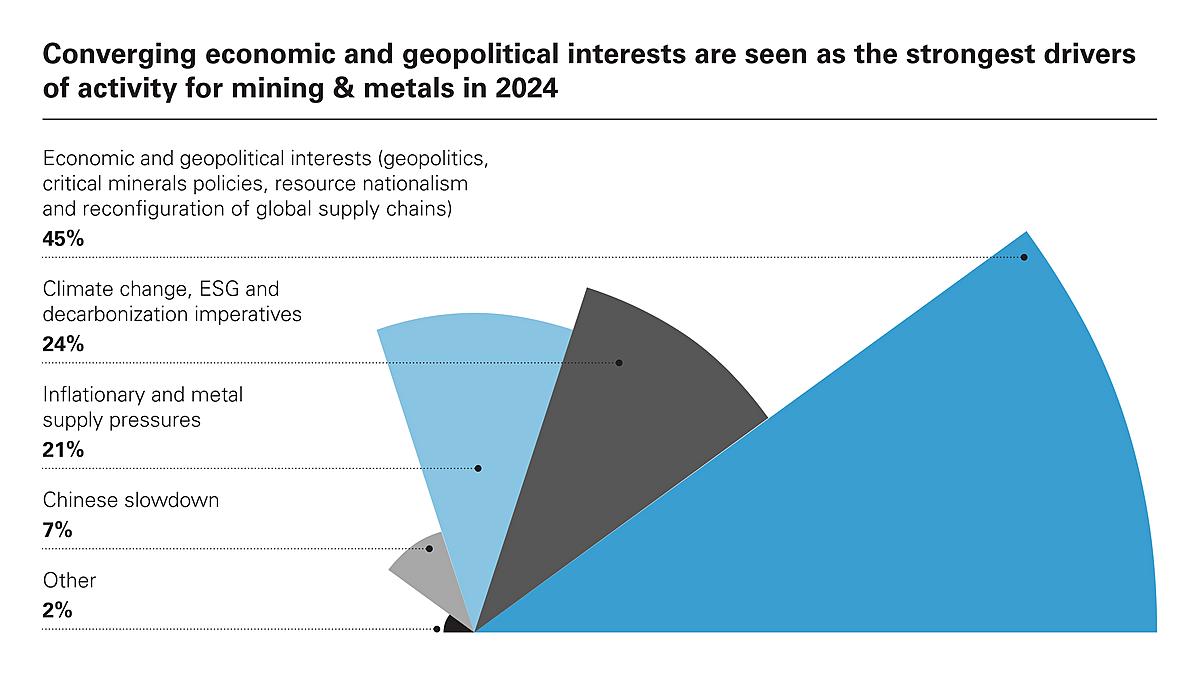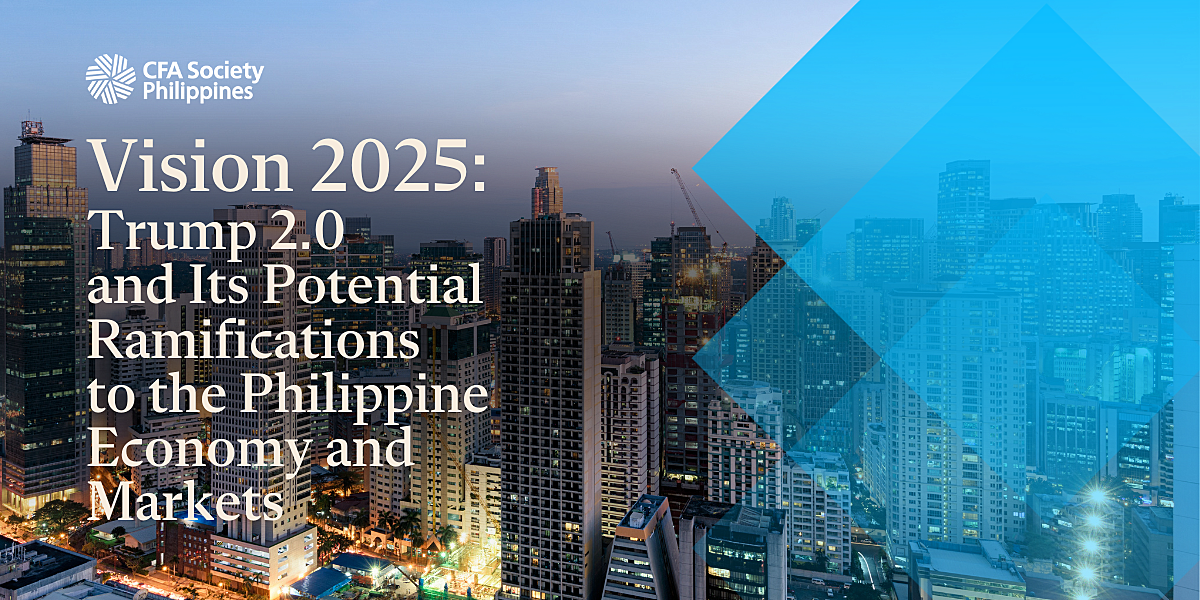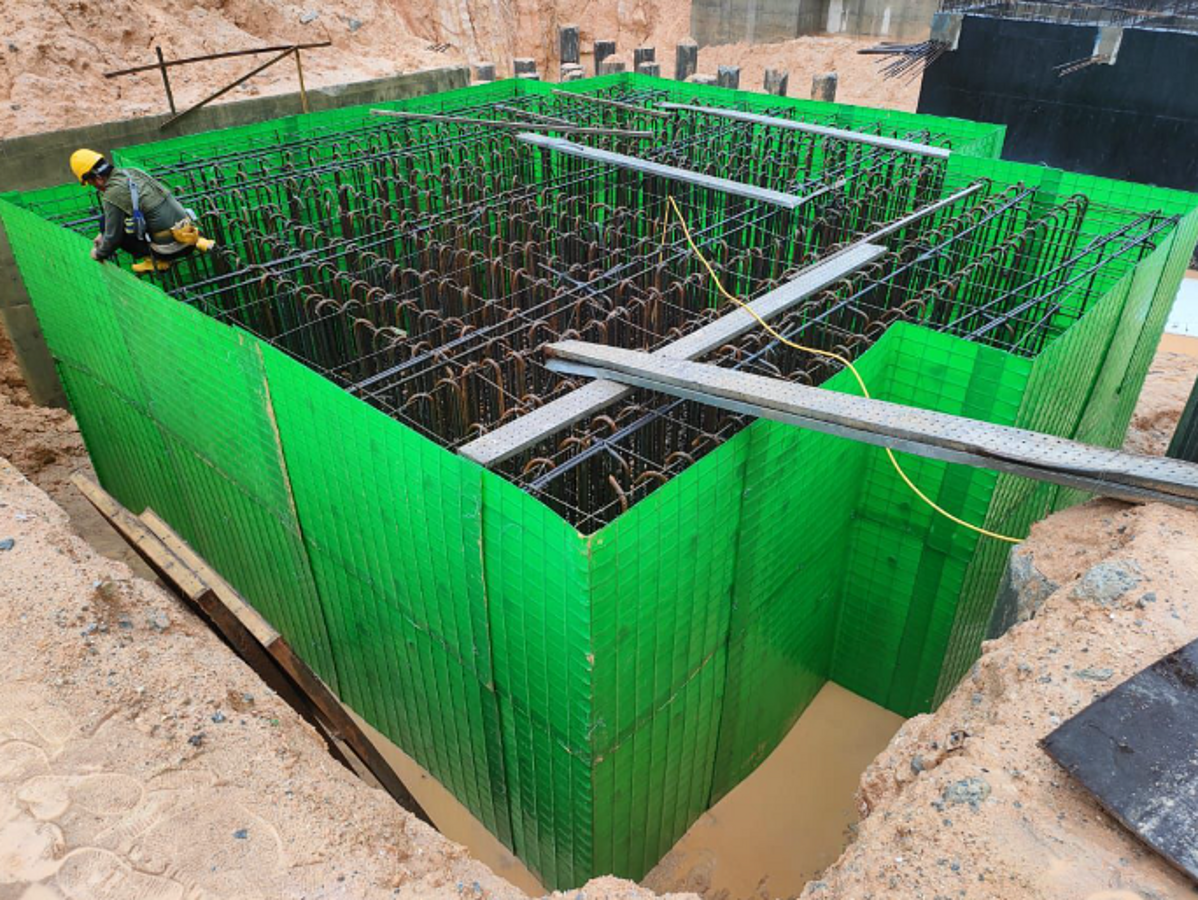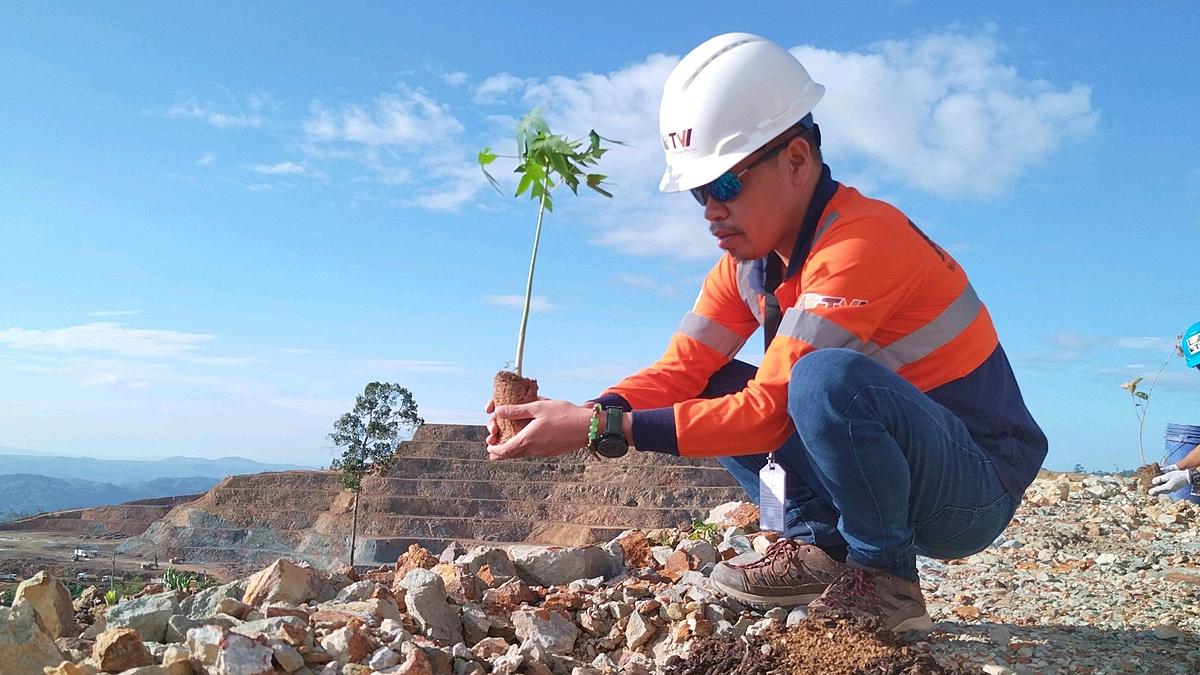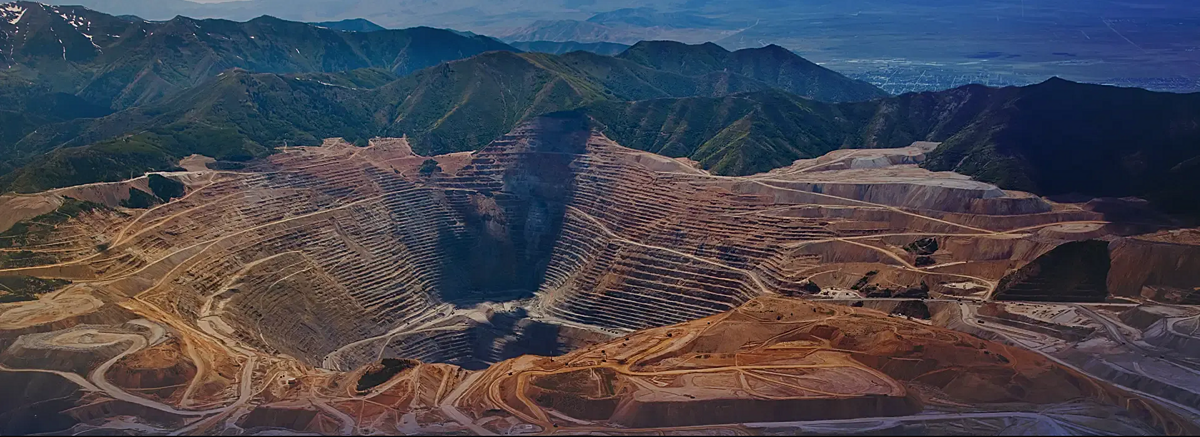Photo credit: Paul Putong/The United States Embassy for the photos
The Philippines is acknowledged to be the fifth most mineralized country in the world, with an estimated USD1 trillion in untapped reserves of copper, gold, nickel, zinc and silver. Recent statistics from the Mines and Geosciences Bureau (MGB) indicate that there are only 49 operating metallic mines, employing around 196,000 workers. In the first semester of 2022, total exports of minerals amounted to almost USD3.851 billion, with the Department of Environment and Natural Resources (DENR) placing the gross production value for large-scale metallic mining at PHP101.1 billion.
The mining industry has been characterized by a number of starts and stops, recognized as a growth driver, but also stymied by policy shifts that frustrate investors, particularly in the last decades. The pervading negative perception against mining among the general public, exacerbated by disinformation or outright “false news” has not helped.
The current administration has sent positive signals, particularly with strong statements in support of the mining industry, including from Finance Secretary Benjamin Diokno who has said that Finance Secretary Benjamin Diokno said that the “mining industry holds the greatest potential to be a key driver in our economic recovery and long-term growth, especially now that world metal prices are high. The Philippines, after all, is one of the world’s most richly endowed countries in terms of mineral resources.”
At the recent Indo-Pacific Business Forum on January 12 sponsored by the United States Embassy, I had the privilege of moderating a panel on “Supporting Critical Mineral Supply Chains for a Just Transition”. Indeed, coming on the heels on COP 27 [2022 United Nations Climate Change Conference or Conference of the Parties of the 27th United Nations Climate Change Conference], there is a renewed commitment across the globe to cutting greenhouse gas emissions and adapting to the impacts of climate change.
With critical minerals [such as lithium, nickel, cobalt, manganese, graphite, copper and aluminium] being essential inputs for clean energy technology and battery storage, manufacturers and investors are seeking to diversify their supply chains in the face of rising demand. Countries like the Philippines, with significant but largely untapped mineral reserves of copper and nickel, therefore have the potential to become key markets supporting diversified, reliable supply chains.
Joining me as panelists were Cielo Magno, Undersecretary of the Department of Finance and former Philippines-Extractive Industry Transparency Initiative Civil Society Representative; Michael Toledo, Chairman of the Chamber of Mines Philippines; and JB Baylon, Chief Risk Officer and Chief Sustainability Officer at Nickel Asia Corporation (NAC).
Our panel explored, among others, the Philippines’ plans for developing our downstream industries and encouraging the processing of minerals locally rather than exporting raw mineral ore. Certainly, there are lessons to be learned from our neighbor Indonesia, whose approach to banning mineral exports may not necessarily work in the Philippines as well as properly incentivizing domestic processing.
From the private sector, we looked at the Chamber of Mines’ adoption of Canada’s Towards Sustainable Mining (TSM) Initiative, which requires mining companies to assess their performance certain key areas such as tailings management, community outreach, safety and health, biodiversity conservation, crisis management, and energy use and greenhouse gas emissions management.
NAC’s multi-awarded programs were also of interest as the company has always set itself apart in dealing with its stakeholders, particularly indigenous peoples and women.
Over at the Department of Energy, notwithstanding that the Philippines remains dependent on fossil fuels for electricity generation, there is a clear call to shift to renewable energy sources, which would not only alleviate future electricity shortages but also address the soaring cost of electricity in the Philippines.
Any shift to renewable energy sources by the Philippines is expected to result in an increase in the requirements for minerals. Solar photovoltaic (PV) plants, wind farms and electric vehicles (EVs) generally require more minerals to build than their fossil fuel-based counterparts. According to the International Energy Agency, an onshore wind plant requires nine times more mineral resources than a gas-fired plant. Since 2010, the average amount of minerals needed for a new unit of power generation capacity has increased by 50% as the development of renewable facilities has accelerated.
The types of mineral resources used vary by technology. Lithium, nickel, cobalt, manganese and graphite are crucial to battery performance, longevity and energy density. Rare earth elements are essential for permanent magnets that are vital for wind turbines and EV motors. Electricity networks need a large amount of copper and aluminium, with copper being a cornerstone for all electricity-related technologies.
If the Philippines is serious about this shift to renewable energy, the Philippine energy sector will need to delve deep into the mineral markets. With the Philippines’ significant but largely untapped mineral reserves, the country has the potential to become a key market, both for the local demand and for foreign requirements.
Patricia A. O. Bunye is a Senior Partner at Cruz Marcelo & Tenefrancia where she heads its Mining & Natural Resources Department and Energy practice group. She is also the Founding President of Diwata-Women in Resource Development, Inc., a non-government organization advocating the responsible development of the Philippines’ wealth in resources, principally through industries such as mining, oil and gas, quarrying, and other mineral resources from the earth for processing.

